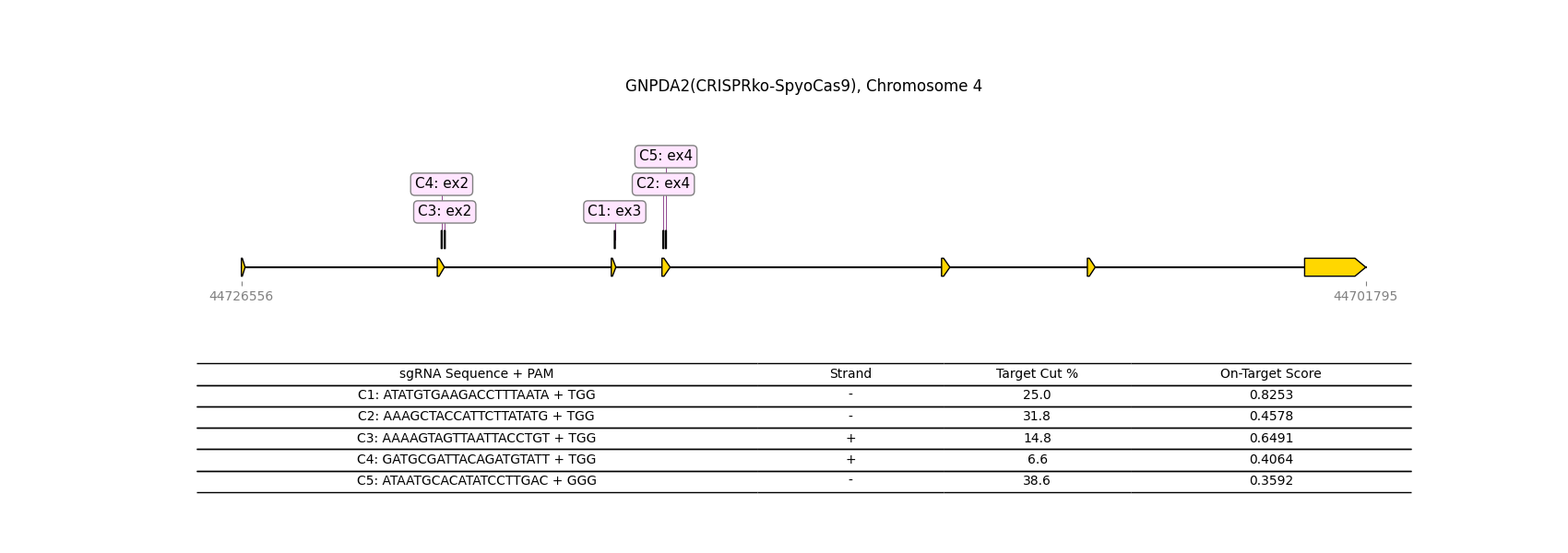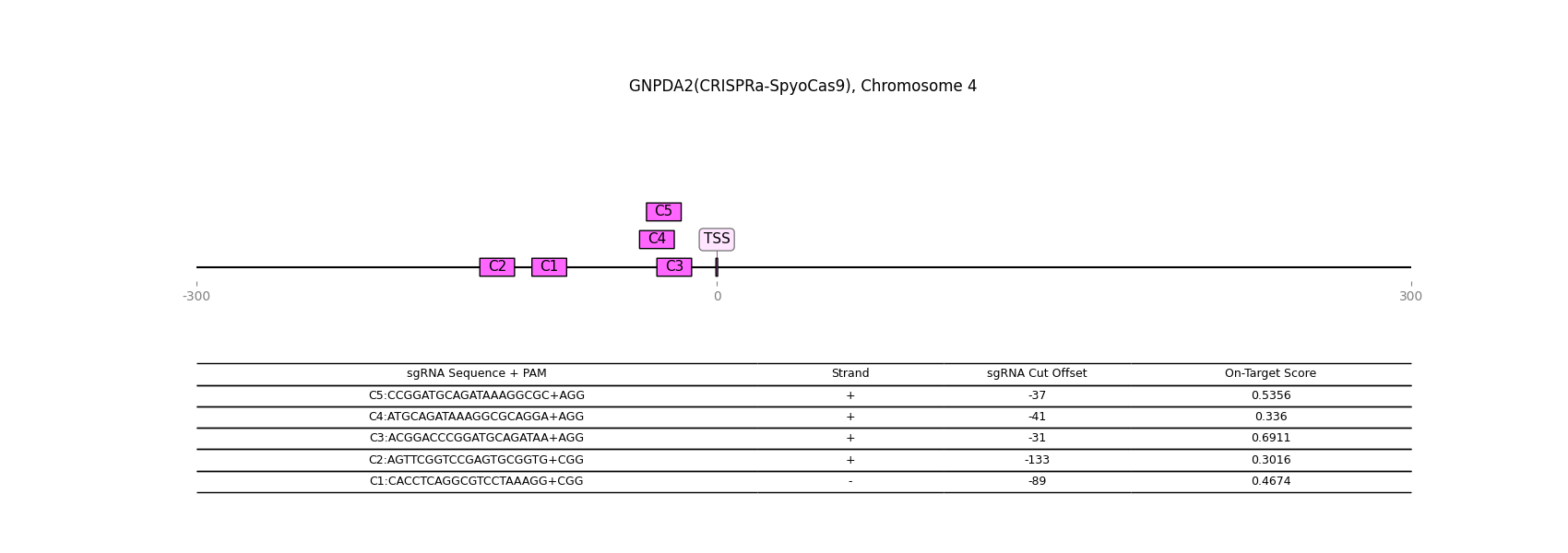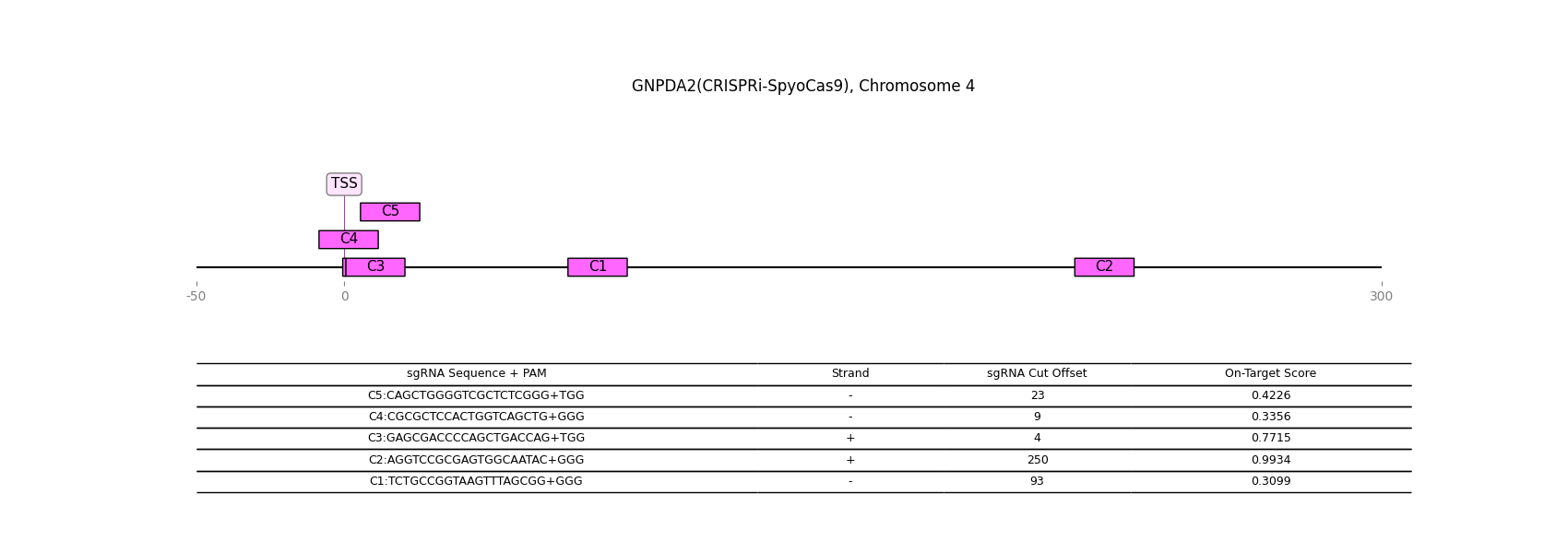Gene Details: GNPDA2
1 / 1
General Information
Gene Name: GNPDA2 (Glucosamine-6-phosphate deaminase 2)
Synonym: GNP2
Short Names: GlcN6P deaminase 2;
Alternative Names: Glucosamine-6-phosphate isomerase 2;Glucosamine-6-phosphate isomerase SB52;
Notes:
- Catalyzes the reversible conversion of alpha-D-glucosamine 6-phosphate (GlcN-6P) into beta-D-fructose 6-phosphate (Fru-6P) during the synthesis of UDP-GlcNAc.
Description from Dr.Glyco-GPT:
Warning: LLMs can generate factually incorrect information, as they simply predict the next word based on training data. Always verify LLM output by cross-checking with reliable sources!
Catalytic Activity

Reaction and Disease Links
EC # (IUBMB):
3.5.99.6
Brenda:
3.5.99.6
OMIM:
613222
KEGG: 132789
Rhea:
12172
Reactome :
R-HSA-70171
Transcript levels (Cell lines and Single cell data) URL
CRISPR-knockout

CRISPR-activation

CRISPR-inactivation

Transcription factor-gene relationship (details at glycoTF page)
Top 10 TFs
| TF | Score |
|---|---|
| UBE2I | 0.456543 |
| TCF25 | 0.448114 |
| XRCC5 | 0.444387 |
| YY1 | 0.435265 |
| HNRNPK | 0.433236 |
| SON | 0.431722 |
| SSU72 | 0.429994 |
| PCBP2 | 0.426021 |
| SNRNP70 | 0.425185 |
| PCBP1 | 0.424105 |
Licensing: CC BY 4.0. You are fee to copy, redistribute, remix, transform and build upon all material, except for textbook figures from the Essentials.